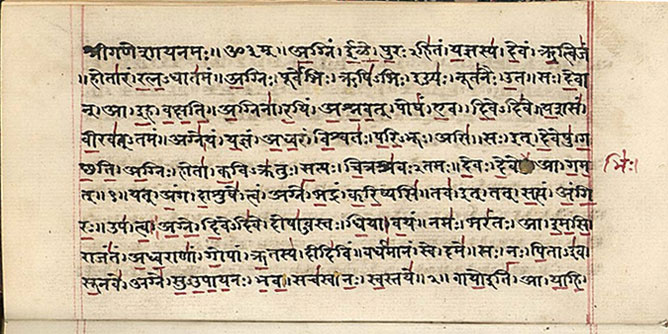What the Scriptures, Sages and Scholars Say

If there is perfection in the mandir, there will be perfection in the world.
Mayamata
A mandir built according to scriptural injunctions naturally radiates with divine prowess.
Shilpa Ratnam
Worship of the transcendental in a murti is easier, effective and blissful. A murti resides in a mandir. Hence, even the great beings of the past built mandirs.
Kanva Samhita
Venerate the mandir with mantras, for it is a living organism as well, a form of the Lord.
Shilpa Ratnam
Building a mandir is one of the most meritorious endeavours a king or patron can perform.
Shri Prashna Samhita
Perform darshan in mandirs and places of pilgrimage with a devotion-filled heart and a concentrated mind.
Narad Puran
The enlightened guru is God’s beloved and himself a mandir and place of pilgrimage. Through the God who constantly resides in his heart, the guru sanctifies countless places of pilgrimage and creates countless mandirs by his incessant travels.
Shrimad Bhagavat Puran
In whose every limb and organ fully resides God, only that pure guru is eligible to perform the pran-pratishtha ceremony, for it is only such a great soul who can invoke the Supreme within his heart to enter the murti.
Vaihayasi Samhita
Although Parabrahman is all-pervading, to reach and realise him, one must accept his presence in a specific place, just as we see Vishnu in the Shaligram to worship him.
Adi Shankaracharya
Although God is everywhere, by his extraordinary power, he enters and dwells in murtis to fulfil the devotional desires of his devotees.
Ramanujacharya
It has become a trite saying that murti puja is bad and everyone swallows it without questioning. I once thought so, and to pay the penalty for that, I had to learn my lessons sitting at the feet of a man, who realised everything from murtis. I allude to Ramkrishna Paramhansa.
Swami Vivekanand
I tell everyone to visit the mandir. In the devotees, the mandir and murtis are not structures of stone, but living entities. Through these mandirs, millions of Hindus find solace and peace.
The murtis foster worship, and in the mandir, more than in any other place, people develop a purified consciousness and experience peace of mind.
Mahatma Gandhi
Mandirs are required for offering true upasana [worship informed by theological knowledge] and devotion to God in order to secure final liberation.
Shastriji Maharaj
A mandir is a college of Brahmavidya [transcendental knowledge of Brahman and Parabrahman].
Yogiji Maharaj
A mandir is a place to realise God. A mandir is where the mind becomes still. A mandir is a place of paramount peace. A mandir inspires enlightened living. A mandir teaches mutual respect. A mandir protects the noble values of culture.
Pramukh Swami Maharaj
The temple is the most characteristic artistic expression of Hinduism, providing a focus for both the social and spiritual life of the community it serves. No village in Hindu Asia is complete without a temple.
George Mitchell, Architect and Historian of Indian Art
The parts of the temple are so integrated that they become a living organism worthy of worship.
V Ganapathy Sthapati, Traditional Mandir Designer and Senior Architect, Government College of Architecture and Sculpture, Mahabalipuram
The mandir is not an archaeological essay, but a sermon in stone, suggesting by its symbolism the rhythm of the cosmos, teaching the lessons of the universal life, and recording the sacred traditions of the Indian people.
Ernest Binfield Havell, Early British Historian of Indian Art
India not only thinks in images. It builds them up in a consistent body of which the sum total is the temple.
The temple is the concrete shape of the Essence; as such it is the residence and vesture of God. The masonry is the sheath and body. The temple is the monument of manifestation. The devotee who comes to the temple, to look at it, does so as a ‘seer’, not as a ‘spectator’.
Stella Kramrisch, Curator, Museum of Indian Art, Philadelphia
Many Hindus believe in a transcendent God, beyond the universe, who is yet within all living beings and who can be approached in a variety of ways. The transcendent is mediated through icons [i.e. murtis] in temples, through natural phenomena, or through living teachers and saints. Devotion to deities mediated through icons and holy persons provides refuge in times of crises and even final liberation from action and the cycle of reincarnation.
Gavin Flood, Professor of Hindu Studies, University of Oxford